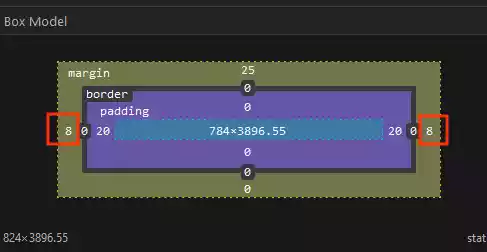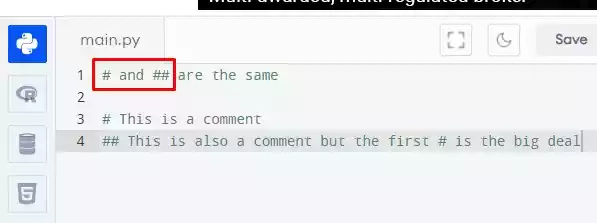How Wide is the Default `<body>` Margin [HTML Webpage]?
Have you ever wondered about the space between the content of a web page and the edges of your browser window?
That space is often defined by the default margin of the <body> element.
In this article, we will look into the specifics of this default margin, why it matters, and how you can customize it to enhance the visual appeal of your web pages.
Default Margin in Major Browsers
When you create a web page, most major browsers automatically apply a default margin of 8 pixels on all sides of the <body> element.

This means there’s an 8-pixel gap between the content and the edges of the browser window, unless you specify otherwise in your CSS.
The interesting thing to note is that this default margin is not explicitly defined in the HTML specification.
Instead, it’s part of the user-agent stylesheet that each browser provides. This consistency in default margin simplifies the development process, but is not universally rigid.
Variability Across Browsers
While 8 pixels is the common default, it’s essential to acknowledge the potential for slight variations in default margins among different browsers.
Web developers should be mindful of this variability to ensure a consistent and seamless user experience across platforms.
Ensuring consistency in default margins is important for web development, and developers should strive to create websites that look and behave consistently, regardless of the browser used to access them.
Customization with CSS
The beauty of web development lies in customization, and the default margin is no exception.
You can easily override the default margin using CSS. For instance, if you want to remove the default margin entirely, you can use the following code:
body {
margin: 0;
}
Alternative Margin Settings
If you prefer more granular control, CSS allows you to set different margins for each side individually. Consider the following example:
body {
margin-top: 10px;
margin-right: 15px;
margin-bottom: 20px;
margin-left: 25px;
}
For a more concise syntax, you can set all margins in one declaration:
body {
margin: 10px 15px 20px 25px; /* top right bottom left */
}
Choosing the right approach depends on your specific design requirements and preferences.
Key Considerations
For consistent styling across browsers, some developers opt to reset all default margins and paddings using a CSS reset stylesheet.
This practice ensures a clean slate, allowing developers to build a consistent visual experience without unexpected defaults.
Moreover, margins play a significant role in the visual spacing and layout of web pages.
They contribute to the readability and overall visual balance of the content. Web developers should, therefore, consider the impact of margins on the user experience and design accordingly.
Wrap Up
As a wrap up, understanding and customizing the default <body> margin is a fundamental aspect of web development.
The default 8-pixel margin, while common, can vary slightly across browsers, making it crucial for developers to ensure consistency.
FAQs
- Can I remove the default
<body>margin entirely? Yes, you can use CSS to set the margin to 0 and remove it. - Why is there a default margin in the first place? The default margin contributes to the visual spacing and layout of web pages, enhancing readability and balance.
- Are there other ways to customize margins besides using CSS? CSS is the primary tool for customizing margins, but some frameworks and libraries may offer additional options.
- What role do margins play in responsive web design? Margins help create spacing and structure in responsive designs, contributing to a better user experience on various devices.





